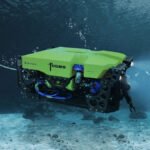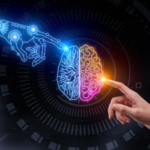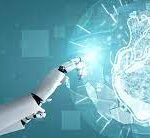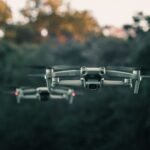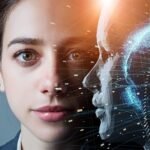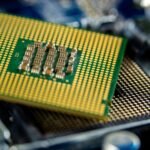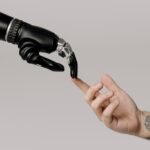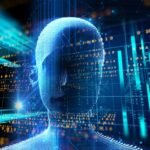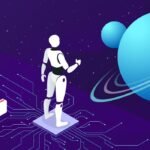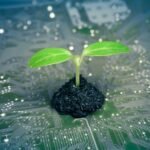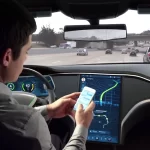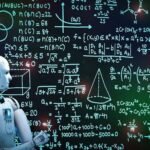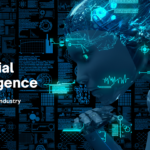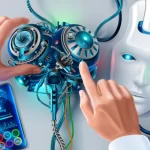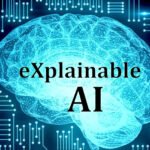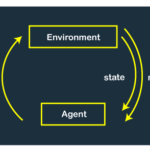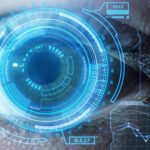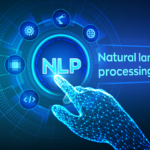Researchers develop low-cost sensor to enhance robots’ sense of touch
Researchers from Queen Mary University of London, in collaboration with teams from China and the USA, have developed an innovative L3 F-TOUCH sensor to enhance the tactile capabilities of robots. This sensor enables robots to “feel” objects and adjust their grip accordingly, a crucial step towards achieving human-level dexterity in manipulation and grasping.
The study, published in IEEE Robotics and Automation Letters, highlights the importance of reliable tactile information and force sensing in robot hands and graspers. The human hand possesses the ability to sense pressure, temperature, texture, and pain, as well as distinguish objects based on their shape, size, and weight. In contrast, many existing robot hands lack integrated haptic capabilities, making it challenging for them to handle objects effectively. Without a sense of touch and knowledge about the interaction forces, robots may struggle to maintain a secure grip on objects or handle delicate items without causing damage.
Led by Professor Kaspar Althoefer, the team presents the L3 F-TOUCH sensor, which stands for Lightweight, Low-cost, and wireLess communication. This high-resolution fingertip sensor offers a solution for measuring an object’s geometry and determining the forces required for interaction. Unlike other sensors that estimate interaction forces using camera images of soft elastomer deformation, the L3 F-TOUCH directly measures interaction forces through an integrated mechanical suspension structure with a mirror system, achieving higher accuracy and a wider measurement range.
The compact suspension structure allows the elastomer to deform upon contact with the surface, measuring high-resolution contact geometry exposed to external forces. The elastomer’s displacement is tracked using a special marker, enabling the measurement of contact forces along three major axes (x, y, and z) through a calibration process.
Professor Althoefer emphasizes that future work will focus on extending the sensor’s capabilities to measure rotational forces, such as twist, while remaining accurate and compact. This advancement will enable robots to have a more comprehensive sense of touch and improve their performance in manipulation tasks, including human-robot interaction scenarios like patient rehabilitation or assisting the elderly.
The breakthrough achieved with the L3 F-TOUCH sensor holds significant potential for the future of robotics. By providing robots with a sense of touch, they can handle objects more effectively and perform complex manipulation tasks with greater precision and reliability. This technology opens up new possibilities for more advanced and agile robots, ushering in a new era of robotic capabilities.






